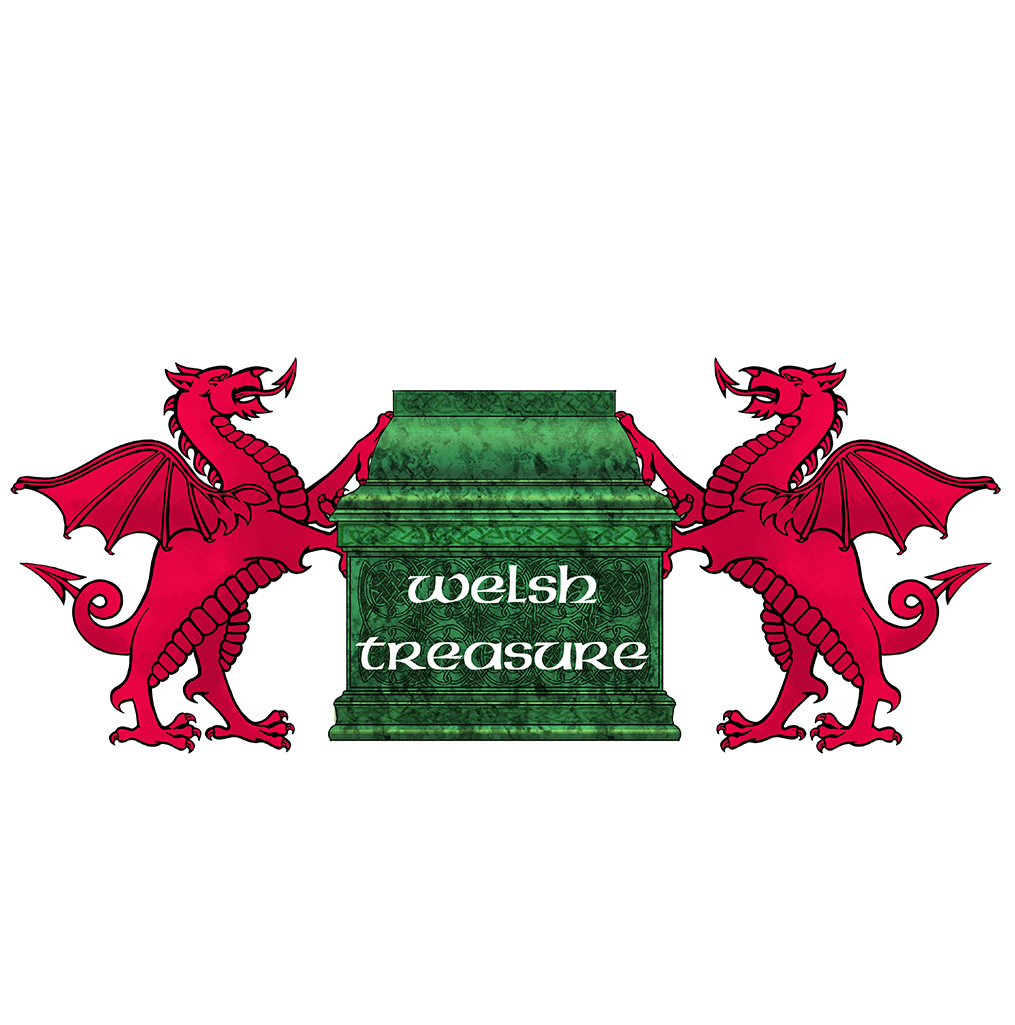January 15, 2021
Owain Glyndwr is a notable name in Welsh history. This is because he was the last Welshman to hold the title Prince of Wales, with the result that he went on to becoming a source of inspiration for Welsh nationalism.
For those who are curious, Glyndwr was a member of the Anglo-Welsh gentry of the 14th and 15th centuries. As a result, he would've been someone who could move between English and Welsh societies. This can be seen in how Glyndwr served under John of Gaunt, who was uncle to King Richard II of England.
In the late 1390s, Glyndwr got into a serious dispute with Baron Grey de Ruthyn. He was on the losing end of things, so much so that he was under the threat of being declared both a thief and a traitor by the English authorities. As a result, Glyndwr made the fateful decision to assume his ancestral title of Prince of Powys on September 16 of 1400 before rising up in rebellion. Initially, it was a local affair that involved local figures. However, it wasn't too long before it became national, as shown by the numerous Welshmen who returned home for the purpose of participating in it. By 1404, Glyndwr had been crowned Prince of Wales with the intent of establishing a separate Welsh state with a separate Welsh church.
Unfortunately, it wasn't too long before the tide turned. In part, this was because movements in the French court resulted in the loss of French support. However, it should also be mentioned that the English leadership switched over from punitive raids to an economic blockade to starve the Welsh of much-needed resources. Eventually, Glyndwr lost his home as well as much of his family in 1409, though he himself remained on the run.

Choose from our eye catching Owain Glyndwr Flag designs. It is a great gift for anyone who is from Wales.
Interested individuals might expect Glyndwr to have been captured not long after 1409. However, that never happened. Enormous rewards were offered for Glyndwr's capture, but he was never betrayed by his remaining followers. On top of that, he even ignored royal pardons offered by the English, which came after King Henry IV was succeeded by King Henry V. As a result, there is much that remains unknown about Glyndwr's ultimate fate.
He is known to have still been alive in 1412 because he led a raid on a Welsh supporter of the English king. One source by one of Glyndwr's former supporters claims that the man died in 1415, with the result that he was buried and then reburied by his supporters. Another claim that was supposedly passed down in his family line says that he lived out the remainder of his life with one of his daughters in Mornington Straddle, Herefordshire, with the result that he was buried there as well. On top of this, the diary of an English clergyman from the 19th century claims that he had seen Glyndwr's gravestone in Monnington on Wye, though this has never been verified. Whatever the case, Glyndwr's resistance to English rule has ensured that interest in the mystery lives on.
Curiously, Glyndwr's influence can still be seen in the red-and-gold flag featuring four lions rampant. After all, this was the flag that the man chose to use, which was based on both the symbol of his paternal line and the symbol of his maternal line. The first was a red lion on a gold background, while the second was a gold lion on a red background. On top of that, Glyndwr's flag bore a notable resemblance to that of Llywelyn ap Gruffudd, who was notable for being the last Prince of Wales before it was conquered by King Edward I of England from 1277 and 1283.
Featured image: Oil painting of Owain Glyndŵr by Welsh Artist Rhŷn Williams
February 23, 2025
Every year on March 1st, Wales comes alive with celebrations in honor of St David (Dewi Sant)—the nation’s beloved patron saint. But who was this remarkable figure, and why is he so important to Welsh history?
February 05, 2025
Did you know that just like birthstones, each month has its own special birth flower? These beautiful blooms hold unique meanings, making them a thoughtful and personal gift for birthdays!
February 04, 2025
Finding the perfect birthstone jewellery can be simple and enjoyable with our help
